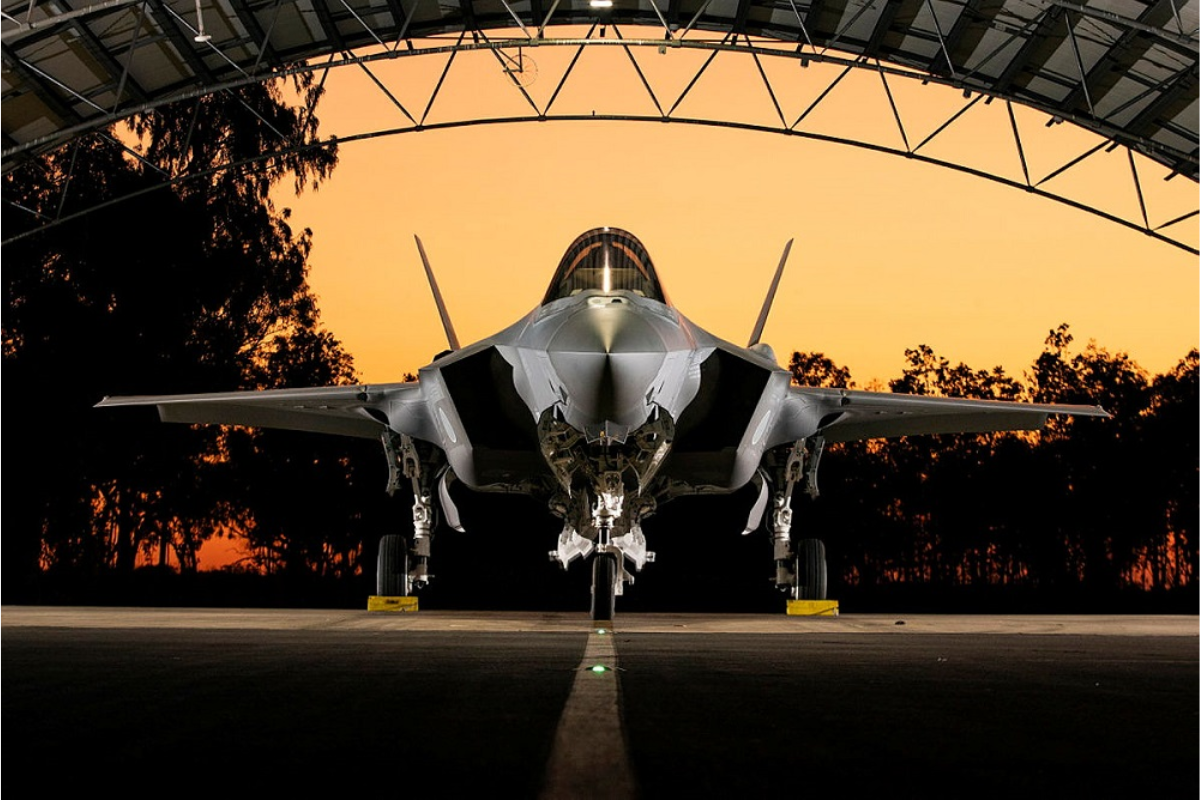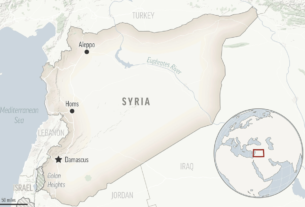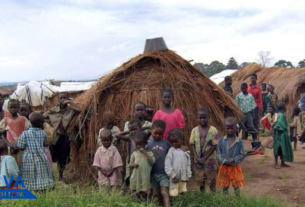On October 26, 2025, F-35 fighter jets from the United States, Japan, and South Korea concluded a week of joint air drills to bolster air operations in the Indo-Pacific region. The exercises enhanced interoperability and coordination between the three nations’ air forces.
The drills began on October 20th and involved integrated flight operations, simulated combat scenarios, and maintenance training. Participating aircraft included the US Air Force’s F-35A Lightning II, the Japan Air Self-Defense Force’s F-35A, and the Republic of Korea Air Force’s F-35A.
“These exercises are crucial for strengthening our collective defense capabilities and ensuring regional stability,” stated General Michael A. Minihan, Commander of U.S. Indo-Pacific Command, in a released statement. He emphasized the importance of joint training in maintaining a strong presence in the Indo-Pacific.
The drills simulated various combat scenarios, including air-to-air engagements and close air support. The training aimed to improve the ability of the three nations’ air forces to operate seamlessly together in a complex environment. This joint training is designed to enhance their combined effectiveness.
Maintenance personnel from the three countries also participated in joint training sessions. These sessions focused on sharing best practices and improving maintenance procedures for the F-35, which aims to increase the aircraft’s operational readiness.
The exercises come amid growing concerns about regional security challenges in the Indo-Pacific. North Korea’s ongoing missile tests and China’s increasing military activity have heightened tensions. The drills send a clear signal of commitment to regional security.
“Joint exercises like these send a strong message of unity and resolve,” commented a South Korean defense official who requested anonymity. “They demonstrate our commitment to working together to safeguard peace and stability in the region.”
The drills’ location, Guam, is strategically important due to its proximity to potential flashpoints in the Indo-Pacific. Andersen Air Force Base is a key hub for US military operations in the region, and the drills highlight its strategic importance.
The exercises are part of ongoing efforts to strengthen trilateral cooperation between the US, Japan, and South Korea. The three nations share common security interests in the region and have been working to enhance their defense partnerships. These exercises represent a concrete step in that direction.
The drills concluded with a debriefing session, during which participants reviewed lessons learned and identified areas for improvement. The three nations’ air forces plan to continue conducting joint exercises in the future and are committed to ongoing cooperation.
The successful completion of these exercises underscores the commitment of the US, Japan, and South Korea to maintaining peace and stability in the Indo-Pacific. The drills demonstrated the growing interoperability of their F-35 fleets and highlighted the importance of joint training in addressing regional security challenges.




